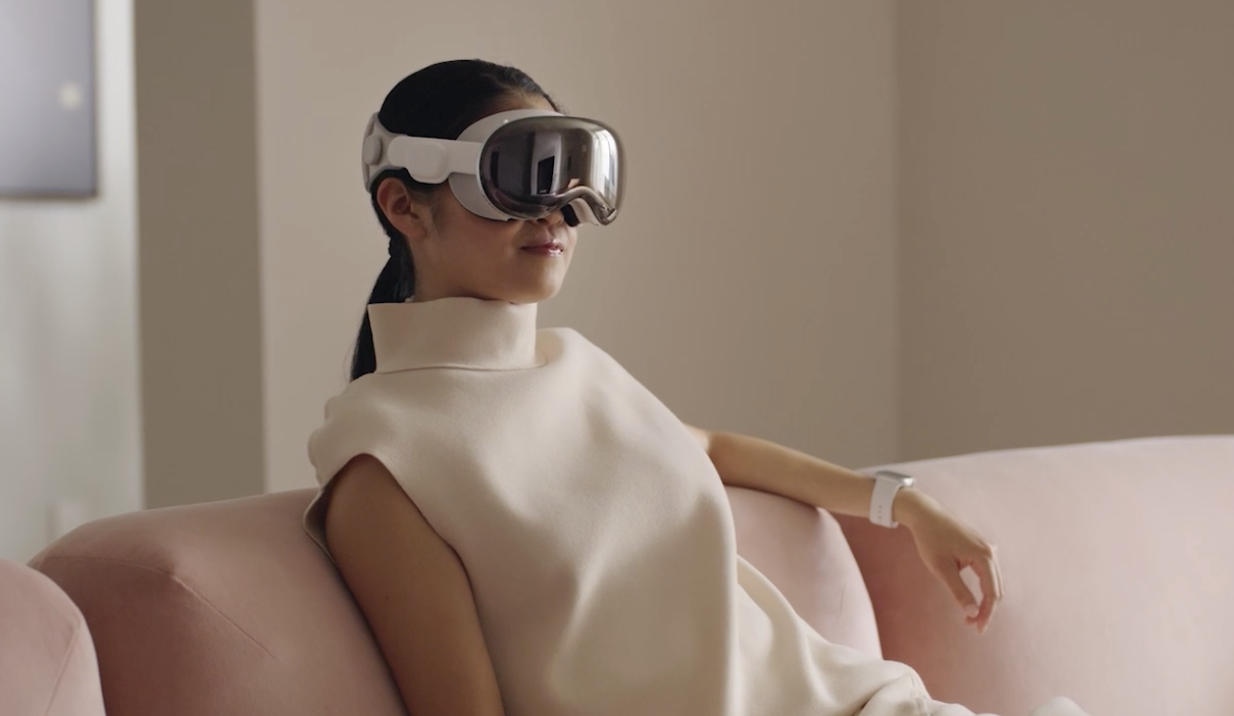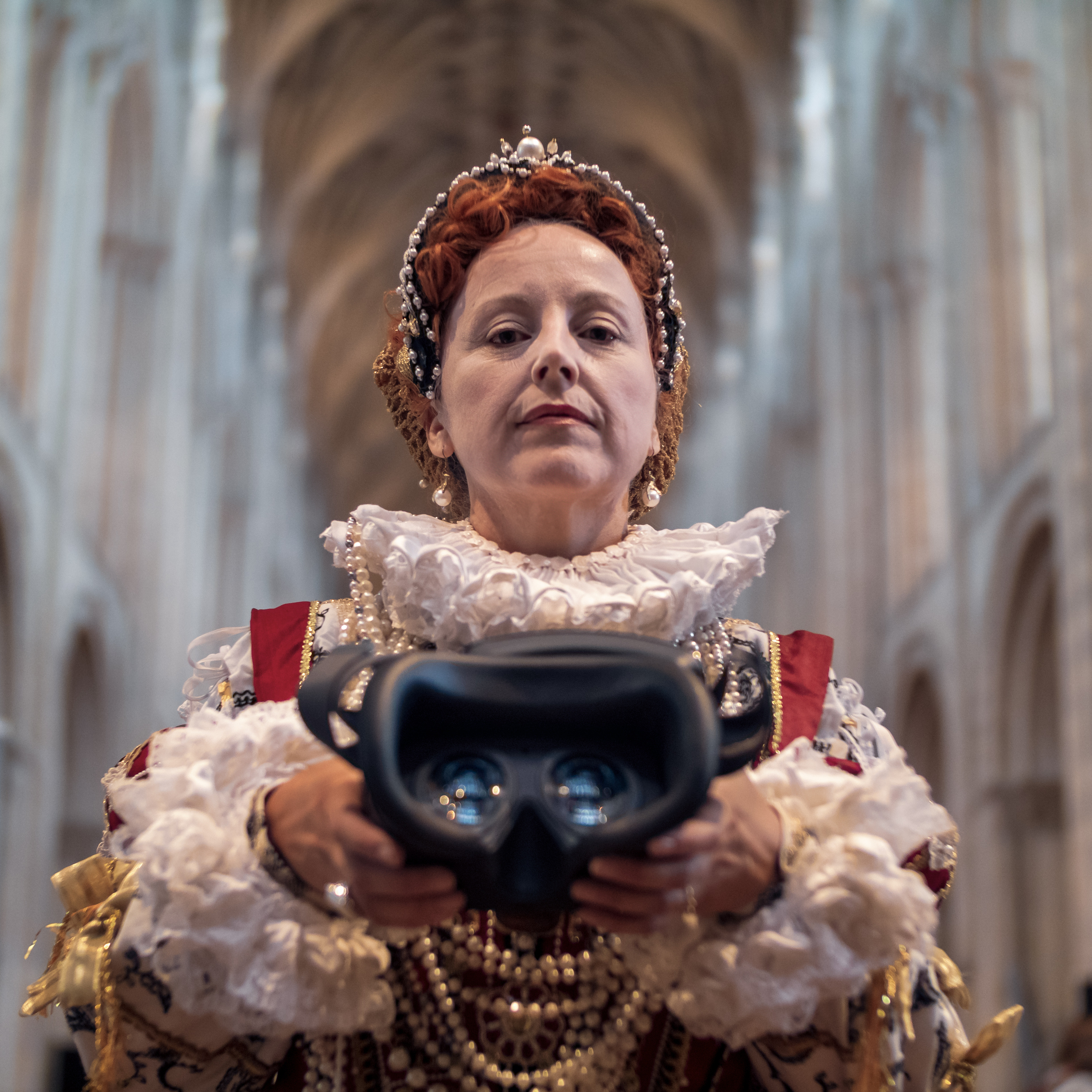These days, when attention spans are short and advertisers all fight for the same disinterested audience, virtual reality offers marketeers a very different way of getting a brand message across. VR invites you into a whole new world where consumers go voluntarily. It provides the opportunity for a more meaningful connection to a brand, product or organisation and this style of immersive interaction has already shown to have proven results for brands. Which in the marketing world is invaluable. But what does this mean for marketing in the future?
Enhanced experience, better returns
VR places you in a completely different environment in a believable and absorbing way. By sealing you off from the real world, it ensures you have someone’s complete attention, which is an invaluable opportunity for brands wanting to get their message across. Whether it’s a branded experience, a product simulation or a compelling campaign message, VR gives marketeers the complete attention of their audience – increasing the overall impact. Greenpeace, for example, trialled VR for its fundraising and saw sign-ups double.
With VR, gone are the days of trying to grab someone’s attention in the two seconds it takes them to scroll past. And while any marketing piece still needs to be engaging and well-thought-out, marketeers can have more fun – creating an absorbing brand story or message that users actively engage with, rather than passively pass by. For instance, in creating the Scottish Government’s ‘In Town, Slow Down’ VR campaign, - aiming to convince 5% of drivers to change their behaviour - we in fact saw over 50% say they’d change. This is more than ten times the original target.
Instant emotional appeal
One of the big benefits of using VR in marketing is the increased emotional impact. By placing the user in a scenario or environment, they can literally experience something from somebody else’s point of view. This is already being put to good use by charities, who rely on empathy to secure donations. Again, Greenpeace is a prime example. Instead of telling people about the work it does, it uses VR to place people in different places around the world and enables users to discover their message for themselves – encouraging empathy and doubling sign-ups.
And because VR means you can place people in impossible situations, it opens the door for brands to get closer than ever to their customers. The #imagineboleyn brand engagement piece we created for West Ham United went viral among fans because it allowed them to experience walking through the tunnel to the final ever match at their iconic ground – a unique situation in a unique moment of time fans could experience as if they were really there.
The power of practical applications
But it’s not all about the emotion. There’s already lots of talk about how immersive technologies will change retail, with big players like IKEA experimenting already. With ecommerce being the fastest growing retail market in Europe and the USA, the possibilities for its practical application in marketing are endless. VR will not only allow users to try before they buy – it also enables them to try a product that isn’t physically there, from new cars to new clothes. Brands can use VR practically, as well as emotionally – leveraging it as a marketing tool that increases sales. Retail is just one example. Think about the practical potential for other sectors too, from training, to travel, to education. VR’s cross-sector versatility is what makes it such a powerful sales tool.
So what do we need to consider for the future?
With VR usage on the rise and headsets becoming increasingly affordable – Amazon currently lists over 190 VR headsets to choose from – it’s fair to say VR is here to stay. This is good news for marketing, as it gives brands a very powerful new tool. But there are still a few things we must be careful of, such as complacency – VR for VR’s sake is not a compelling marketing tool. Every VR experience must have a clear and effective point or we risk diluting the impact and turning people off the medium. This will be particularly true in years to come, when the wow-factor that VR still holds today has worn off and the technology has become mainstream.
Therefore, as with other forms of marketing, advertisers will have to come up with new ways to make their VR marketing more meaningful and more engaging over time. This will be in part helped by considering the design and direction that goes into VR experiences. Designing for the 360º space requires a different way of thinking than designing for 2D. In an environment where the user self-directs, it’s up to the content creator to steer the user through the experience for ultimate impact – which means there is a need for clever writing, design and direction. But as the capabilities build in what’s achievable in the virtual world, this should present a host of opportunities for marketeers to create meaningful, absorbing and completely immersive brand experiences to form a deeper connection between brand and customer.
More from the Knowledge Hub
Do you have a message you want to convey? A situation that needs simulating, or an audience that needs reaching? Whatever your challenge – we have the ideas, the experience, and the equipment to help.


